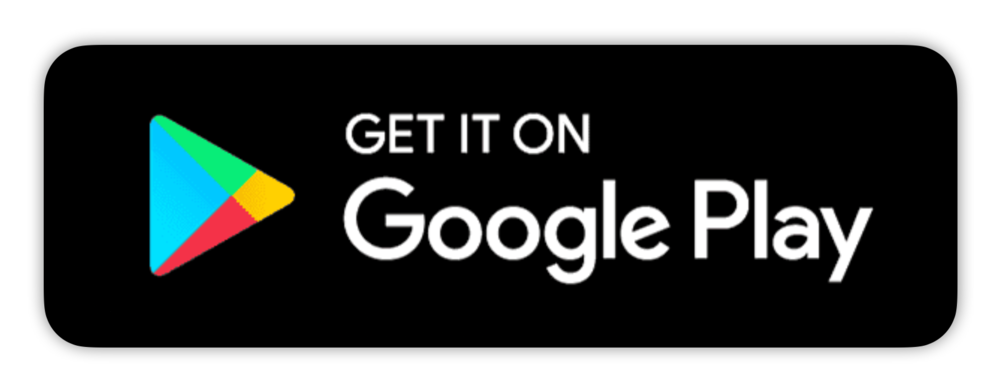
Image Source: digitaloceanspaces
Do you remember your first encounter with money? Maybe it was receiving an allowance. Or opening your first piggy bank. However, do you recall learning about budgeting, saving, or making wise financial decisions? The importance of financial literacy programs for kids?
Most of us don’t. In a world driven by financial transactions, the importance of financial literacy cannot be overstated. Especially for the young generation, acquiring these skills is crucial.
Our children are the future stewards of economic prosperity. If we aspire for them to achieve financial success, we must invest in their financial education early on. This article aims to provide seven engaging methods to introduce financial literacy programs for kids. These methods are not only practical and fun but also will foster a strong foundation for their financial future.
Understanding Financial Education Programs for Kids
A quality financial literacy program for children provides a comprehensive understanding of money matters. It goes beyond the basics of earning, spending, and saving. Personal finance courses for kids also help high school students and kids with broader topics like investments, loans, interest rates, and financial planning.
The financial literacy course should be age-appropriate, engaging, and interactive to ensure children grasp and retain these complex concepts. The inclusion of practical exercises and real-world examples can make the learning experience more effective.
Why Is Financial Literacy Program Essential for Kids’ Personal Finance Learning Experience?
Financial literacy forms the cornerstone of successful adult life. Financial education programs play a key role in our decision-making processes every day. Teaching children financial literacy and personal finance skills from a young age shapes their future and paves the way for financial stability, informed decision-making, and economic self-sufficiency.
A study by the University of Cambridge found that kids’ money habits are formed by the age of seven. Therefore, it’s crucial to introduce financial concepts early. In a rapidly evolving economy, our children need to be prepared, and personal financial literacy is their strongest ally.
7 Engaging Methods for Financial Literacy Programs for Kids
Interactive Online Personal Finance Courses
Embracing technology can revolutionize financial literacy education for children. Interactive online courses are powerful tools that provide a blend of fun and learning that effectively engages kids.
Platforms like Khan Academy and Biz Kid$ offer courses tailored to teach financial concepts in an engaging and age-appropriate manner. These smart financial courses, designed with animations, quizzes, and rewards, promote active learning and foster better understanding and retention.
The benefits of such interactive learning include:
- Personalized pace
- Enhanced engagement
- Immediate feedback, and
- Practical skill-building
Money Management Games for Financial Planning
Learning about finance doesn’t have to be boring for kids. Money management games offer a creative way to instill financial literacy in kids. Take “The Game of Life,” for example, which introduces children to income, expenses, insurance, and investments in an engaging way.
“Monopoly,” another classic, teaches property investment and budgeting. For the digital natives, apps like “Bankaroo,” “Renegade Buggies,” and “Finaciti gamify financial lessons.
Playing such games can be a highly effective way to develop financial skills and money skills to help students of every grade level. They translate abstract financial concepts into tangible experiences which makes money-smart lesson plans fun.
Literature and Storytelling in Financial Literacy Education
Stories have a unique way of teaching. Stories reach the hearts and minds of children effectively. Literature can be a potent tool to weave financial wellness lessons into entertaining narratives.
Books like “Alexander, Who Used to Be Rich Last Sunday,” “The Berenstain Bears’ Trouble with Money,” or “A Chair for My Mother” convey financial principles through relatable stories. They introduce concepts of saving, spending and making choices in an accessible way.
Family Budgeting Activities to Develop Money Skills
Involving children in family budgeting activities can offer real-world insights into money management. Let your kids observe and participate in budget discussions, meal planning, grocery shopping, or bill payments. You, the parents, are the free financial institution for the kids to provide practical exposure and financial responsibilities.
Here are a few tips to make these activities engaging for children:
- Create a visual budget: Use charts or diagrams to illustrate income and expenses.
- Set savings goals together: This can be for a family vacation, a new game, or charity.
- Involve them in price comparisons: During grocery shopping or online purchases.
- Discuss needs versus wants: To help them understand prioritization in spending.
- Allocate a small budget for them to manage: This can promote accountability and decision-making skills.
Through these hands-on experiences, children can grasp the value of money and the importance of prudent spending and saving.
Setting Up a Mock Business Curriculum
Setting up a mock business is an excellent way to give kids hands-on experience with finance. By running a virtual lemonade stand, a pretend bakery, or an imaginary toy store, children can learn about concepts like profit, loss, expenses, and pricing.
This entrepreneurial approach instills a deep understanding of how money works in the real world.
Here are some tips to make this activity practical and enjoyable:
- Let children choose a business they are passionate about.
- Use real-world scenarios to calculate costs, set prices, and track profits.
- Simulate interactions with customers to teach about customer service and negotiation.
- Celebrate successes and discuss challenges to foster resilience and problem-solving skills.
- Include elements of competition or rewards for added excitement.
Using Digital Money Management Tools
Financial education materials offer a powerful medium to impart financial literacy to children. These apps transform financial concepts into interactive, easy-to-understand formats that resonate with tech-savvy kids.
Here are a few child-friendly financial apps that can make learning fun and easy:
- “RoosterMoney”: A digital piggy bank app that teaches kids about saving and budgeting.
- “Greenlight”: This app allows parents to manage their children’s allowances and monitor their spending habits.
- “FamZoo”: An app designed to teach kids about banking, with features for budgeting, saving, and charitable giving.
- “Bankaroo”: A virtual bank for kids to learn about money management.
How to Implement These Methods Effectively
Implementing financial literacy programs for kids may seem daunting, but it’s never too early to start. The key is to introduce concepts gradually and organically, turning everyday experiences into learning opportunities. Here’s how:
- Integrate into daily routines: Involve kids in budgeting activities like grocery shopping or planning family outings. It’s a free online course in practical economics!
- Leverage technology: Use kid-friendly apps like RoosterMoney or Greenlight to help them manage money effectively and make smart financial decisions. The stock market game on Bankaroo is particularly effective for older kids.
- Incorporate entrepreneurship: Help them set up a mock business. This fosters financial independence and imparts skills necessary to make informed financial decisions.
- Use games and storytelling: Make financial learning fun through games like Monopoly or books that explain money matters in engaging ways.
- Prepare for higher education: Discuss college financial goals, financial aid, and student loans. High school financial literacy curriculum available online is an essential tool to help them pay for college without getting trapped in financial problems.
The goal is to equip our children with the skills to navigate the world of personal finance, ensuring their long-term financial health. You’ll find that these methods, while self-guided, can provide a strong foundation for fostering financial literacy.
By actively engaging in these activities, children can learn to handle cash flow, solve financial dilemmas, and eventually, attain financial freedom.
Secure the Financial Future of Your Kids
Financial literacy is a priceless gift we can offer our children. It will continue to benefit them throughout their lives. As we’ve explored, there are numerous engaging methods to introduce these vital lessons.
The journey toward financial literacy is an ongoing one, made easier with consistency and creativity. Make sure to seize every opportunity to equip your children with the knowledge and skills to thrive in an increasingly complex financial world.


